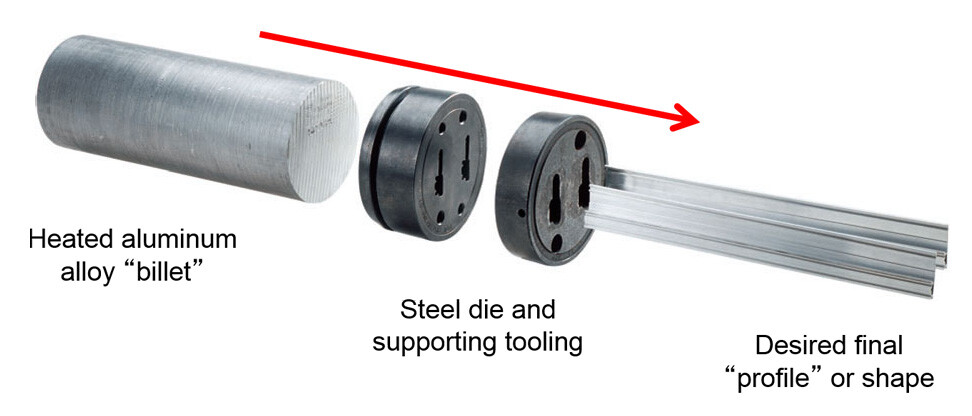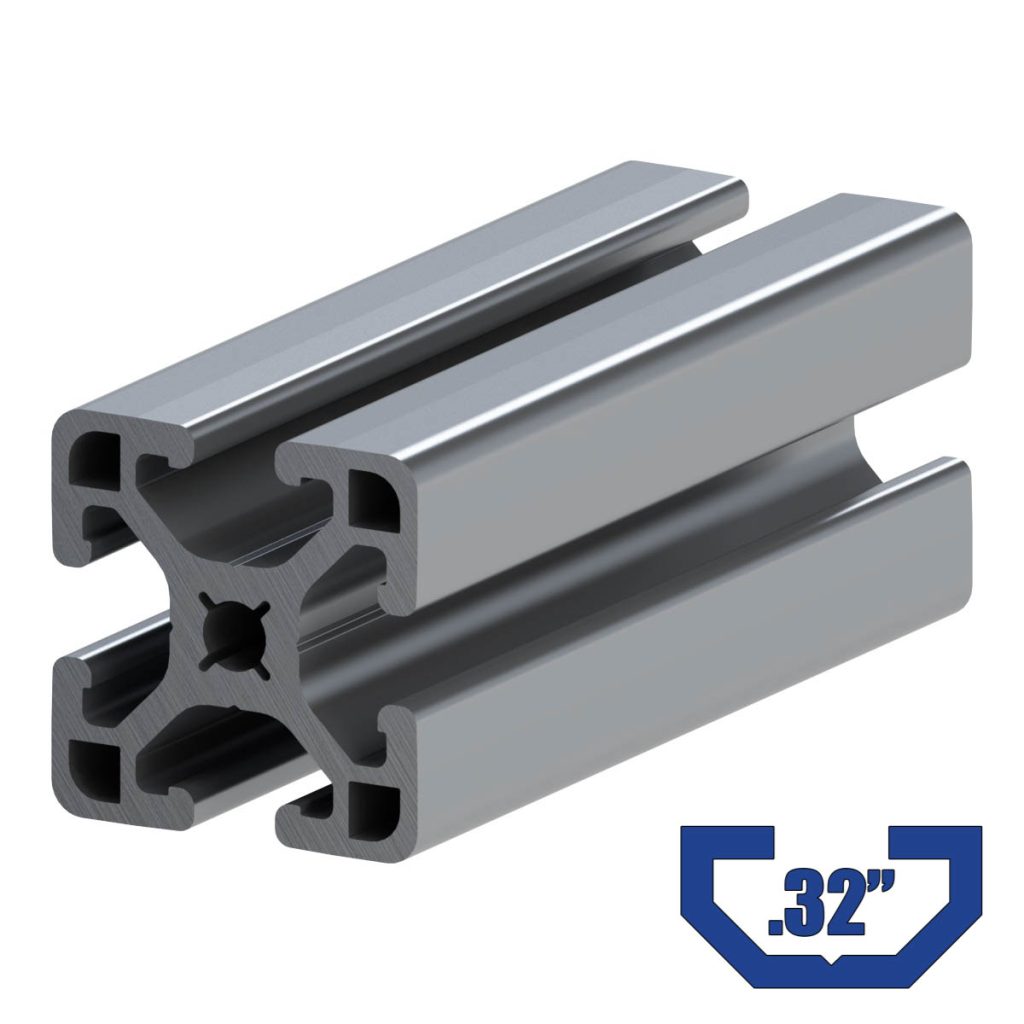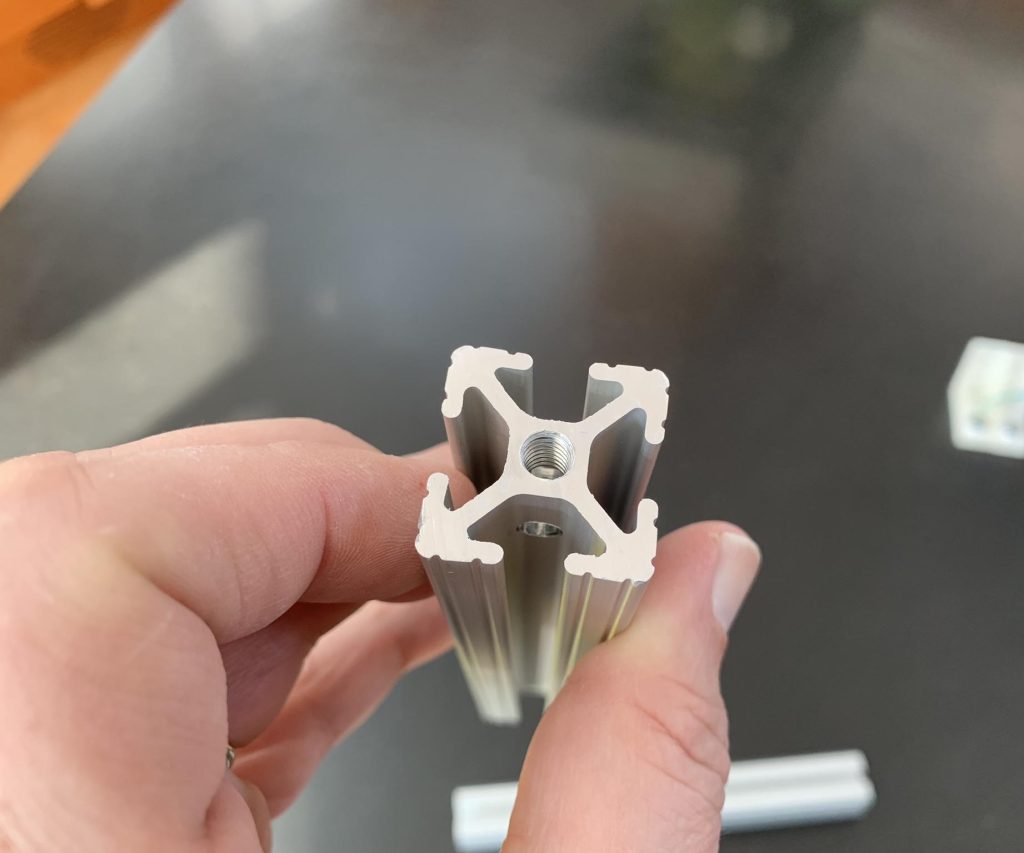Table of Contents
Extruded aluminum is used in a wide range of industries, from construction to automotive. However, have you ever wondered how this versatile material is made? The manufacturing process of extruded aluminum is a fascinating blend of science and technology.
From the initial design to the final product, every step in the manufacturing process of extruded aluminum requires precision and expertise. In this article, we will take a closer look at the process of extruding aluminum and explore the various techniques used to create this useful material. So, let’s dive in and discover the secrets behind the production of extruded aluminum.
How is Extruded Aluminum Manufactured?
Extruded aluminum is a popular material used in various industries, including construction, automotive, and aerospace. It is a versatile material known for its durability, strength, and resistance to corrosion. But how is extruded aluminum manufactured? In this article, we will discuss the process of extrusion.
What is Extrusion?
Extrusion is a process of shaping material by forcing it through a die. In the case of aluminum, the process involves heating aluminum billets to a specific temperature and then forcing them through a die using a hydraulic press. The die is a customized shape that determines the final shape of the extruded aluminum.
The process of extrusion is highly customizable, allowing manufacturers to create complex shapes and designs. The extruded aluminum can be as simple as a straight bar or as complex as a custom-designed profile.
Steps in the Extrusion Process
The process of extrusion involves several steps. Let’s take a closer look at each step.
Step 1: Preheating the Billets
The first step in the extrusion process is to preheat the aluminum billets to a specific temperature. The temperature varies depending on the aluminum alloy and the final product’s shape. Preheating ensures that the material is malleable and easy to shape.
Step 2: Extrusion
Once the billets are preheated, they are loaded into a container called a “billet furnace.” The billet furnace helps to maintain the temperature of the billets. From the billet furnace, the billets are pushed into a chamber where they are pressed through a die using a hydraulic press. The pressure applied to the billets causes them to take on the shape of the die.
Step 3: Cooling and Straightening
After the extruded aluminum has taken the shape of the die, it is cooled using a water quenching system. The cooling process helps to strengthen the aluminum and make it more durable. Once cooled, the extruded aluminum is straightened using a stretching machine.
Step 4: Cutting and Finishing
The final step in the extrusion process is to cut the extruded aluminum to the desired length and finish it. The finish can be a natural finish, anodized, or painted.
Benefits of Extruded Aluminum
Extruded aluminum has several benefits that make it an attractive material for various applications.
Strength and Durability
Extruded aluminum is known for its strength and durability. It can withstand extreme temperatures, making it ideal for use in harsh environments.
Customizable Shapes
The extrusion process allows manufacturers to create complex shapes and designs that would be difficult or impossible with other materials.
Cost-Effective
Extruded aluminum is a cost-effective material compared to other metals. The extrusion process is also highly efficient, making it an economical choice for mass production.
Aluminum Extrusion vs. Other Manufacturing Processes
There are several other manufacturing processes for shaping aluminum, including casting and forging. Let’s compare extrusion to these processes.
Extrusion vs. Casting
Casting involves pouring molten metal into a mold and letting it cool and solidify. While casting can create complex shapes, it is not as precise as extrusion. Extrusion allows for tighter tolerances and more precise shapes.
Extrusion vs. Forging
Forging involves shaping metal by hammering or pressing it into shape. While forging can create strong and durable parts, it is not as efficient as extrusion. Extrusion allows for mass production with consistent quality.
Conclusion
Extruded aluminum is a versatile material known for its strength, durability, and customization options. The extrusion process involves preheating aluminum billets, pushing them through a die using a hydraulic press, cooling and straightening the extruded aluminum, and finishing it. The benefits of extruded aluminum include strength, customizable shapes, and cost-effectiveness. Compared to other manufacturing processes, extrusion allows for tighter tolerances, more precise shapes, and efficient mass production.
Frequently Asked Questions
What is extruded aluminum?
Extruded aluminum is a type of aluminum that is processed through a manufacturing process called extrusion. This process involves heating up a cylindrical billet of aluminum and pushing it through a die. The result is a long, continuous piece of aluminum that has the same cross-sectional shape as the die.
How is extruded aluminum manufactured?
The process of manufacturing extruded aluminum involves several steps. First, a cylindrical billet of aluminum is heated to a specific temperature. The billet is then loaded into the extrusion press, which applies pressure to the billet and forces it through a die. As the aluminum passes through the die, it takes on the shape of the die’s cross-section.
Once the aluminum has been extruded, it is cooled and then cut to the desired length. It may also undergo post-extrusion processes, such as heat treatment, anodizing, or painting, to improve its properties or aesthetics.
What are the benefits of using extruded aluminum?
Extruded aluminum has several benefits that make it a popular choice for many applications. First, it is lightweight yet strong, making it ideal for use in structures and components that require both strength and ease of handling. Additionally, extruded aluminum is highly customizable, as it can be manufactured in a wide range of shapes and sizes to meet specific design requirements.
Extruded aluminum is also resistant to corrosion, which makes it a good choice for outdoor applications. It is also an excellent conductor of heat and electricity, which makes it useful for applications that require thermal or electrical conductivity.
What industries use extruded aluminum?
Extruded aluminum is used in a wide range of industries, including construction, automotive, aerospace, electronics, and consumer goods. In the construction industry, it is used to create frames, window and door systems, and curtain walls. In the automotive industry, it is used to manufacture structural components, heat exchangers, and body panels.
In the aerospace industry, extruded aluminum is used to create components for aircraft structures and interiors. In the electronics industry, it is used to manufacture heat sinks and other components that require thermal conductivity. In the consumer goods industry, it is used to create a variety of products, including furniture, appliances, and sporting goods.
What are some common shapes used in extruded aluminum?
Extruded aluminum can be manufactured in a wide range of shapes, depending on the requirements of the application. Some common shapes include T-shaped profiles, L-shaped profiles, rectangular tubes, square tubes, and round tubes. Other shapes that can be extruded include hexagonal tubes, oval tubes, and custom shapes that are designed to meet specific requirements.
The shape of the extruded aluminum can have a significant impact on its properties, such as its strength, stiffness, and weight. Therefore, it is important to choose the appropriate shape for the application to ensure optimal performance.
In conclusion, extruded aluminum is a versatile material that is used in a wide range of applications. It is manufactured through a process that involves heating and forcing the metal through a die. The resulting shape can be customized to meet the specific needs of the project, making extruded aluminum an excellent choice for many different industries.
The manufacturing process for extruded aluminum is both efficient and cost-effective. It is also environmentally friendly, as it requires only a minimal amount of energy to produce. This makes it a sustainable choice for businesses that are looking to reduce their carbon footprint and operate in a more sustainable manner.
Overall, the process of manufacturing extruded aluminum is complex, but the end result is a high-quality material that can be used in a variety of applications. From automotive parts to building materials, extruded aluminum is a versatile and reliable choice for businesses and consumers alike.
Request a quote today!
[contact-form-7 id="1578" title="Contact form"]
Please compress the file into a ZIP or RAR file before uploading. Alternatively, send through your RFQ by email.
enquires@unitymanufacture.com





